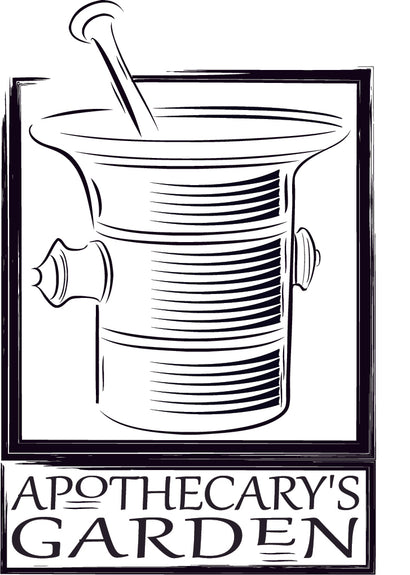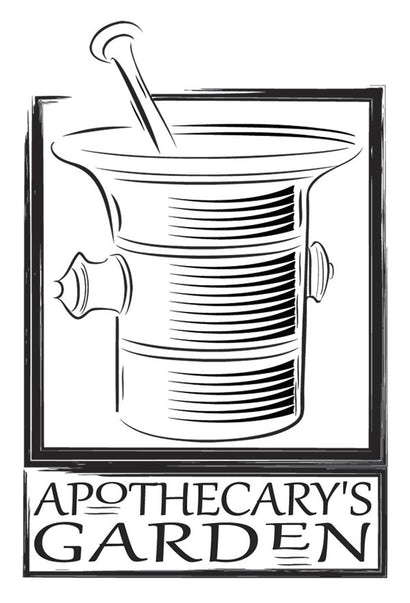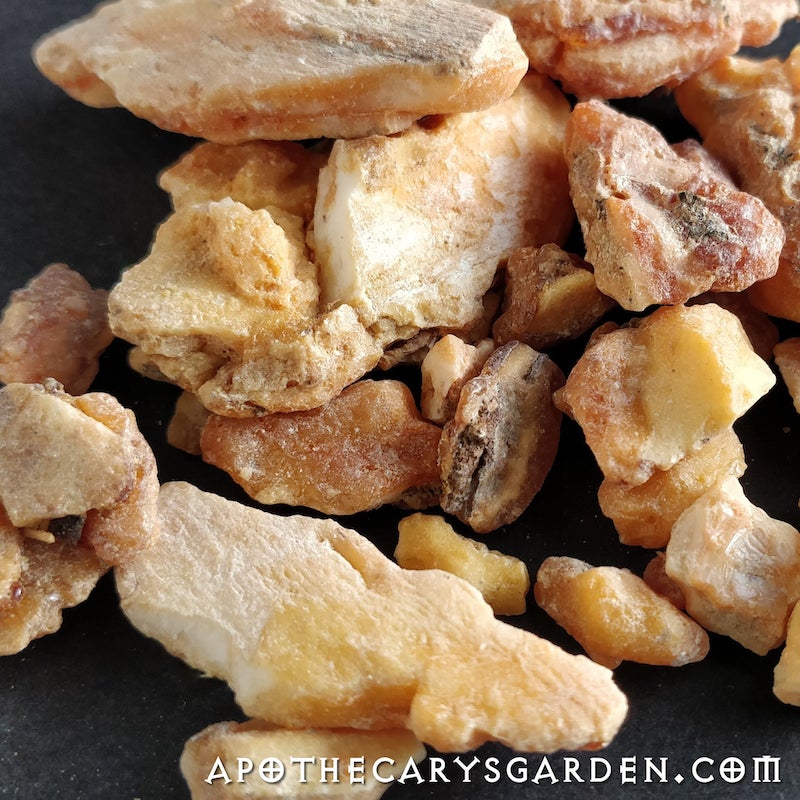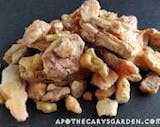
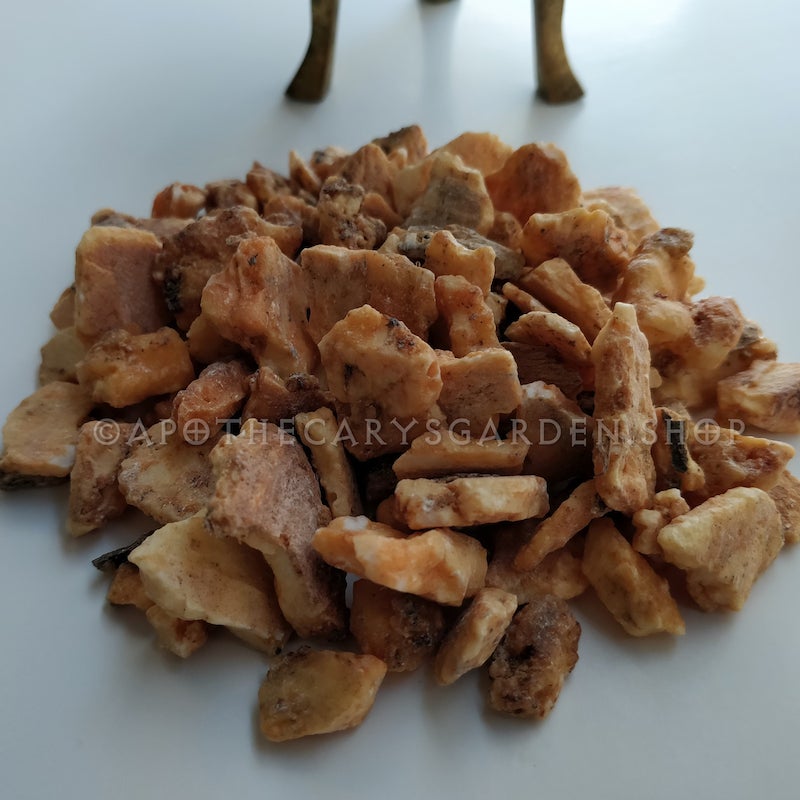

Benzoin Sumatra Powder
We grind Benzoin Sumatra Powder in-house as needed so it never sits long and you receive a fresh and aromatic product..
In my experience, commercial pre-powdered resins, (and sometimes herbs), usually contain adulterants, fillers and unsellable sifting from the bottom of the bags. Often the retailers we buy them from have no idea what their powders contain and assume the powder is fresh and pure. For this reason, I have started making my own powders from the highest quality material I have in the shop. These are the powders I use to make my tinctures, extracts, absolutes and skincare products and I am happy to share them with my customers. There is no doubt they are more expensive than the run of the mill powders found in one's local herb shop, but, the difference in quality is unmistakable.
BENZOIN-
Over the decades, I have seen many forms of Benzoin resin and Benzoin powder. Usually, bland nondescript chips, tears and powder or grey, grainy, odourless lumps that yield to no solvent. This resin is a material that is beautiful according to all senses and standards.
Benzoin has been used for hundreds if not thousands of years in incense formulas and skincare products. It is transformative when blended with other resins and aromatic materials in incense blends. it has been a favourite ingredient in church incense second only to Frankincense. It is a staple of Amber accords.
This premium Sumatra Benzoin is almost identical to the Siam Benzoin Almonds in the shop-( https://www.etsy.com/listing/592157502/siam-benzoin-grade-a-almonds-styrax), except in its odour and especially when burned as incense. It has a more complex and uplifting scent than its cousin Siam Benzoin which smells mostly of Vanilla.
Besides coming in slightly fatter Almonds and having a bit of a redder tone, it is almost impossible to distinguish between these two discrete species of tree resin. They both have a rich Balsamic scent. In appearance, this grade resembles broken pieces of a caramel "brittle" confection and the gourmand image is bolstered by its enchanting Vanilla scent. The Sumatra Benzoin has a slightly sharper scent when one inhales the fresh resin.
The main difference between the Sumatra Benzoin and the Siam Benzoin is the much higher Benzoic acid content in Sumatra Benzoin. For this reason, Sumatra Benzoin is usually used for preparing pharmaceutical and Apothecary preparations. Benzoic acid retards oxidization in fats, whether they are vegetable carrier oils or animal fats. Most of these oils will go rancid, (oxidize), over time and spoil. The benzoic acid in Styrax Benzoin helps preserve oils and is used as a preservative in oil-based products such as medicated oils, salves, ointments etc. (It will NOT preserve water-based products!) I believe that the presence of 2% Benzoin is sufficient to act as a preservative for oils. (I could be wrong so do some fact-checking and please correct me if I am wrong).
Due to this higher content of Benzoic acid, it is thought that Sumatra Benzoin is best suited for therapeutic and cosmetic skin-care products.
Siam Benzoin, AKA Styrax Tonkinensis is used mainly to add its softer, richer and sweeter vanilla-like aroma to products and is often the choice of perfumers.
Both types of Benzoin dissolve easily in alcohol, DPG and Benzyl Benzoate when preparing tinctures, resinoids and absolutes. They are truly a pleasure to work with.
The name Benzoin is believed to have developed through centuries of intercultural "Broken Telephone", much like the children's game that involves whispering a word or phrase to the person next to you and comparing it with what the last person in the line claims they heard.
When Islam came to Indonesia 700 years ago, it was discovered that the native tribes tapped a tree to for its aromatic resin much like the Frankincense trees back home. This resin was not only fragrant, used for incense and medicine, but it came out of the tree white, just like the Luban or Frankincense of the Arabian cultures back home. Thus, it was awarded the Arabic name of Luban Jawi, or Frankincense of Java. (Luban is the Arabic name of Frankincense, Luban in Arabic and Levonah in Hebrew both share the same root word which means "White".)
When the French encountered this Balsamic resin its name morphed to something more pleasing to the Francophone ear, La Benjawi and later L'Benjoin or Benjoin. The English did not like the ring of it so they renamed it Gum Benjamin or just Benjamin.
In Ethiopia Benzoin is still called Lubanjah and one finds many variations on the theme when travelling such as Benjawi, Lubanji Lubanya etc..
Benzoin is collected by making an incision in the tree and partially peeling back the bark underneath it. This creates a pocket that collects the liquid resin and holds it in place until it solidifies.
Benzoin is traditional medicine in many cultures. It is used as an expectorant and wound healer. Like many other tree resins, Benzoin has an affinity with the skin and is used to address issues of dry, chafed, chapped, cracked and rough skin, nipples and heels. It is one of the ingredients in Friars Balsam which is a compound tincture used internally for coughs and respiratory irritations and used externally for small wounds.
As an incense, Siam benzoin yields a dense Vanilla-sweet smoke when burned and is usually blended with other incense ingredients. It is a component in traditional incense formulas of the Orthodox Church and is often found in the "Rock" type Arabian Bakhour bricks. It is used extensively as a flavour ingredient in food, confection, beverages and tobacco products
It is used in perfumery for its vanilla-like scent and fixative properties and is considered an important ingredient in Oriental style perfumes and Amber accords.
Raw Benzoin resin dissolves completely in Ethanol but not fixed/carrier oils which can be frustrating. It does dissolve however in Benzyl Benzoate, ( a compound found in abundance in Benzoin resin), which can facilitate blending with carrier oils.
From an aromatherapeutic perspective, Benzoin is calming, grounding, uplifting and helps alleviate feelings of anxiety and depression.
In traditional Chinese medicine, the Benzoin resin family is named An Xi Xiang meaning "The peaceful rest fragrance".
Both species of Benzoin trees are traditionally cultivated by families and smallholders, not in large corporate plantations which keeps this resin sustainable. They are ready to tap after 6-7 years and when their resin yield drops after a few years they are sold as lumber.
Though used traditionally for its skin healing properties, in excess, Benzoin can cause sensitization. Use Benzoin products well-diluted and with moderation.
Dan
Materials: Gum benjamin, Sumatra Benzoin, Benzoin Sumatra, Luban, Luban Jawi, Jawi.
